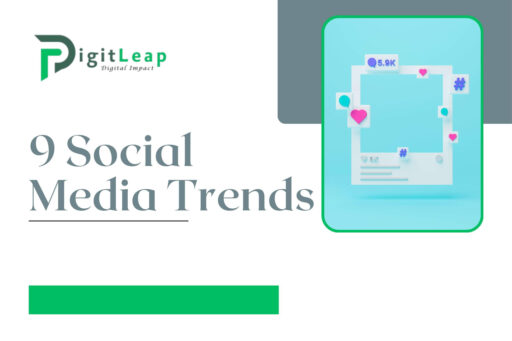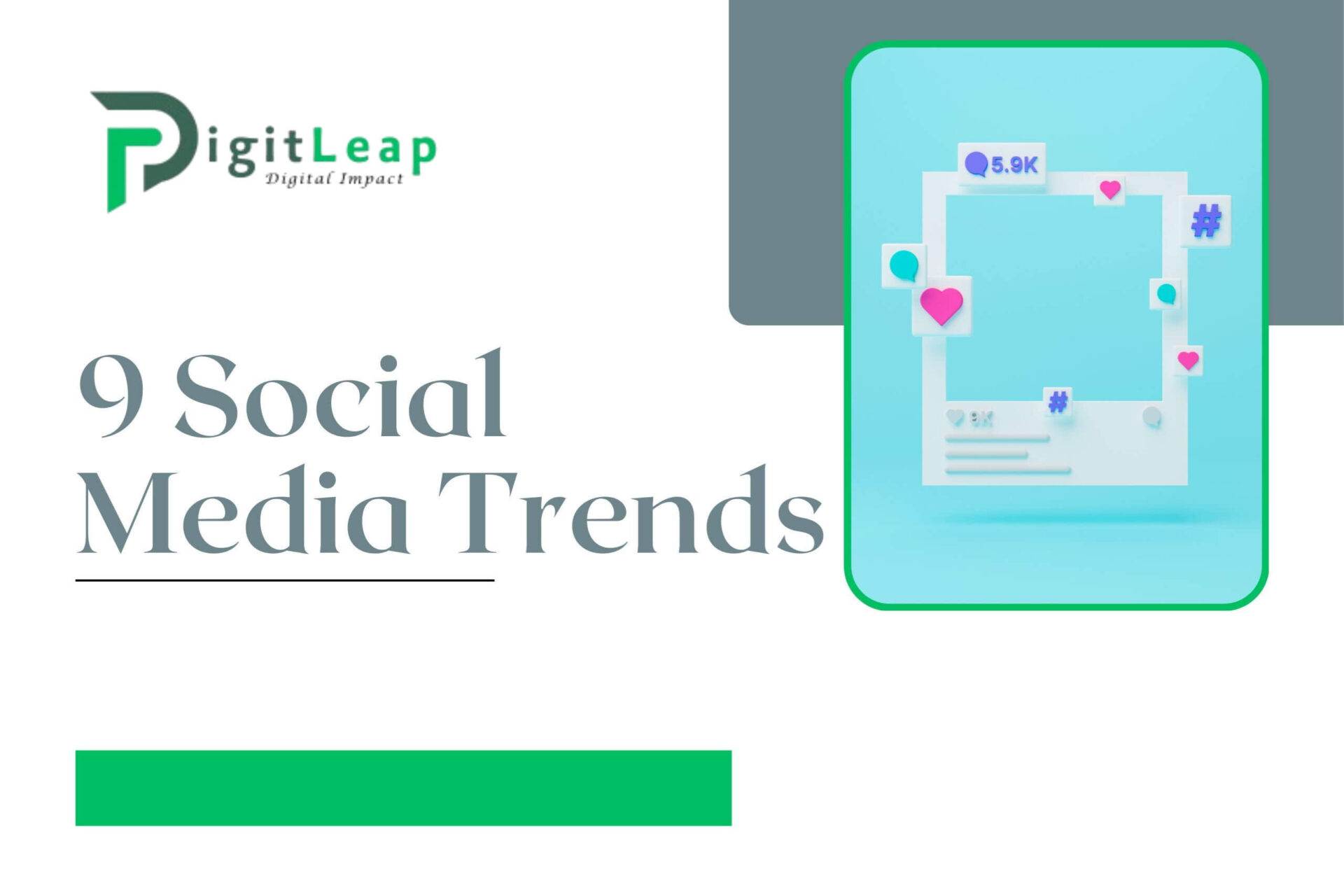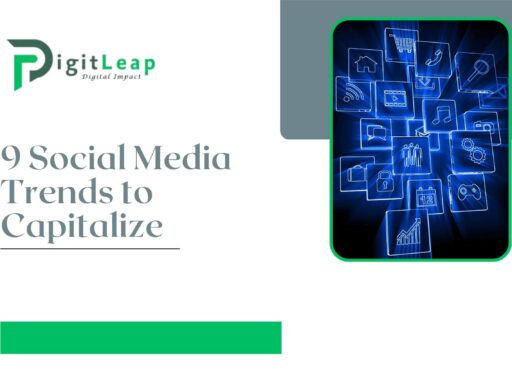Social media is a fast-evolving landscape, and for brands looking to stay relevant, it’s crucial to adapt to the latest trends and expectations of users. In 2025, social media will become even more immersive, personalized, and interactive, allowing brands to connect with audiences in meaningful ways. Here are nine essential social media trends to watch in 2025 that can help businesses stand out and thrive.
1. The Rise of Short-Form Video Content
Short-form videos are not only here to stay but are set to grow even more in popularity. With the dominance of platforms like TikTok, Instagram Reels, and YouTube Shorts, brands have seen how effective quick, engaging content can be in grabbing and holding attention. Short-form videos allow brands to tell stories, share tutorials, or showcase products in under a minute, making it perfect for busy viewers who scroll quickly.
In 2025, more brands will rely on short-form videos to make a memorable impact and encourage shares. This format is especially effective for reaching younger audiences who prefer dynamic, bite-sized content.
2. Social Commerce Goes Big
Social commerce—the ability to shop directly on social media platforms—is quickly becoming a major revenue channel. In 2025, social commerce will be a staple for many brands, allowing users to discover, review, and purchase products without leaving the app. Platforms like Instagram and Facebook have led the way with shopping features, and now TikTok and even Snapchat are ramping up their e-commerce capabilities.
This trend is significant for brands that want to shorten the buyer’s journey. By allowing customers to purchase directly from a social post, brands make shopping easier and more convenient, ultimately boosting sales and enhancing the customer experience.
3. Interactive and Augmented Reality (AR) Experiences
Augmented reality (AR) is transforming how people interact with products online. In 2025, AR features will be widespread on social platforms, enabling users to “try on” clothing, accessories, or even makeup virtually. Brands are using AR to create immersive experiences that allow customers to interact with products before making a purchase.
For example, a furniture company might let customers see how a sofa would look in their living room through AR filters, or a beauty brand could offer virtual makeup try-ons. These experiences build customer confidence and make online shopping more engaging, which can lead to higher conversion rates.
4. Authenticity Through User-Generated Content
Consumers in 2025 will continue to favor authentic, user-generated content (UGC) over polished, staged advertisements. UGC—content created by customers and fans—provides social proof and helps brands build trust. Customers are more likely to believe the opinions of real people over brand messaging, which is why brands are increasingly encouraging followers to share their experiences.
Brands can leverage UGC by featuring customer photos, reviews, and testimonials on their social media profiles. This type of content not only feels genuine but also helps brands create a community feel, showing that they value and celebrate their customers.
5. Niche Social Platforms Gain Traction
While mainstream platforms like Instagram, Facebook, and Twitter remain popular, niche social platforms are gaining attention. These platforms, focused on specific communities or interests, offer brands a unique way to engage with more targeted, dedicated audiences. For instance, gamers are active on platforms like Twitch, while Gen Z audiences flock to BeReal for spontaneous, in-the-moment content.
By engaging with users on niche platforms, brands can form deeper connections with audiences who share specific interests. This trend offers brands an opportunity to reach highly engaged users in a more focused environment, building trust and loyalty among specialized communities.
6. Social Media as a Customer Service Channel
Social media has become one of the first places customers turn to when they need assistance, whether they have questions, need support, or want to share feedback. In 2025, brands will need to fully embrace social media as a customer service platform, offering quick responses and resolving issues directly on platforms like Twitter, Facebook, and Instagram.
By providing reliable customer support on social media, brands can improve customer satisfaction and build a positive reputation. Customers value brands that respond quickly and effectively, so investing in social media customer service can lead to stronger relationships and increased loyalty.
7. Influencer Partnerships with a Focus on Long-Term Collaboration
Influencer marketing is evolving, and in 2025, brands are focusing on long-term partnerships with influencers rather than one-off collaborations. Long-term partnerships allow influencers to become authentic advocates for the brand, building credibility with their followers over time.
Micro- and nano-influencers—those with smaller but highly engaged followings—are also in demand. These influencers often feel more relatable to their audiences and offer brands a way to reach niche markets. With consistent collaboration, brands can build a strong presence in the influencer’s community, making marketing efforts feel organic and trustworthy.
8. Enhanced Personalization with AI and Machine Learning
Artificial intelligence and machine learning are taking personalization to new heights. In 2025, social media platforms will use AI to provide users with highly personalized content recommendations based on their past interactions, interests, and behaviors. This enhanced personalization makes users’ social media experiences feel unique to them, improving engagement rates and customer satisfaction.
Brands can capitalize on this trend by using AI-powered tools to deliver personalized ads, content, and product recommendations on social media. By creating tailored experiences, brands can increase relevance and build stronger connections with each user, ultimately driving engagement and conversions.
9. Sustainability and Purpose-Driven Campaigns
As environmental and social consciousness grows, consumers are increasingly supporting brands that align with their values. In 2025, purpose-driven marketing will continue to be essential, with brands focusing on campaigns that emphasize sustainability, ethical practices, and social responsibility. Consumers want to know that brands are contributing positively to society and the environment.
Brands can leverage this trend by showcasing their sustainability efforts on social media, whether it’s through eco-friendly packaging, ethical sourcing, or community initiatives. By aligning their actions with their messaging, brands can attract loyal customers who share their values and want to make conscious purchasing decisions.
Conclusion
Social media in 2025 is all about creating genuine, interactive, and purpose-driven experiences. From short-form videos and AR features to authentic influencer partnerships and purpose-driven campaigns, brands that embrace these trends will be better positioned to connect with audiences and thrive in a competitive digital landscape.
At Digit Leap, we’re dedicated to helping brands harness these trends to make meaningful connections with their audiences. By staying on top of social media’s evolving landscape, we empower businesses to create impactful, memorable experiences that resonate and lead to long-term success.






